42 fructose on food labels
inspection.canada.ca › food-labels › labellingList of ingredients and allergens on food labels - Canadian ... or. 2) in descending order of proportion by weight in the finished food as if they were ingredients [B.01.008.2(6), FDR] This option saves space in the list of ingredients since all ingredients and components are only listed once in descending order based on their total weight in the final food. › food › 16-most-misleading-food-labelsMisleading Nutrition and Food Labels - Health Jun 07, 2012 · Terms like "fat free" or "all natural" are often slapped on a food item that may not be healthy at all. Check out our list of the 16 most common and most misleading phrases manufacturers use on food.
› diet › defaultWeight Loss & Diet Plans - Find healthy diet plans and ... You can mind portion sizes at home if you: Use smaller dishes at meals; Serve food in the right portion amounts, and don't go back for seconds; Put away any leftovers in separate, portion ...

Fructose on food labels
foodinsight.org › what-is-fructoseWhat is Fructose? – Food Insight Nov 20, 2020 · Sucrose is 50% fructose and 50% glucose. Fructose and glucose have the same chemical formula (C 6 H 12 O 6) but have different molecular structures, which makes fructose 1.2–1.8 times sweeter than sucrose. In fact, fructose is the sweetest naturally occurring carbohydrate. In nature, fructose is most often found as part of sucrose. en.wikipedia.org › wiki › High-fructose_corn_syrupHigh-fructose corn syrup - Wikipedia The most common forms of HFCS used for food and beverage manufacturing contain fructose in either 42% ("HFCS 42") or 55% ("HFCS 55") by dry weight, as described in the US Code of Federal Regulations (21 CFR 184.1866). HFCS 42 (approx. 42% fructose if water were ignored) is used in beverages, processed foods, cereals, and baked goods. › health › how-read-food-andHow To Read Food and Beverage Labels | National Institute on ... Feb 24, 2022 · Sometimes, food and beverage packaging includes terms that may try to convince the consumer the food is healthy. To help avoid confusion, the FDA sets specific rules for what food manufacturers can call “light,” “low,” “reduced,” “free,” and other terms. This type of labeling may have little to do with how nutritious the food is.
Fructose on food labels. › nutritionsource › food-labelUnderstanding Food Labels | The Nutrition Source | Harvard T ... Chile implemented the Law of Food Labeling and Advertising in 2016, comprised of mandatory front-of-package (FOP) warning labels, restrictions on child-directed marketing, and the banning of sales in schools of all foods and beverages containing added sugars, sodium, or saturated fats that exceeded set nutrient or calorie thresholds. [1] › health › how-read-food-andHow To Read Food and Beverage Labels | National Institute on ... Feb 24, 2022 · Sometimes, food and beverage packaging includes terms that may try to convince the consumer the food is healthy. To help avoid confusion, the FDA sets specific rules for what food manufacturers can call “light,” “low,” “reduced,” “free,” and other terms. This type of labeling may have little to do with how nutritious the food is. en.wikipedia.org › wiki › High-fructose_corn_syrupHigh-fructose corn syrup - Wikipedia The most common forms of HFCS used for food and beverage manufacturing contain fructose in either 42% ("HFCS 42") or 55% ("HFCS 55") by dry weight, as described in the US Code of Federal Regulations (21 CFR 184.1866). HFCS 42 (approx. 42% fructose if water were ignored) is used in beverages, processed foods, cereals, and baked goods. foodinsight.org › what-is-fructoseWhat is Fructose? – Food Insight Nov 20, 2020 · Sucrose is 50% fructose and 50% glucose. Fructose and glucose have the same chemical formula (C 6 H 12 O 6) but have different molecular structures, which makes fructose 1.2–1.8 times sweeter than sucrose. In fact, fructose is the sweetest naturally occurring carbohydrate. In nature, fructose is most often found as part of sucrose.



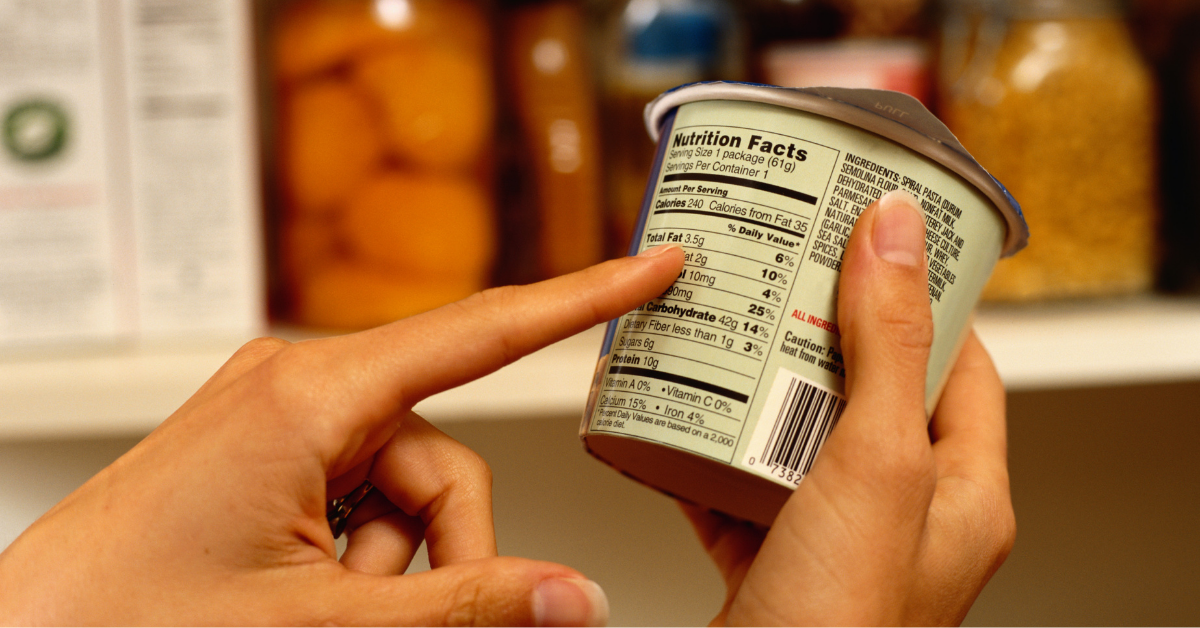












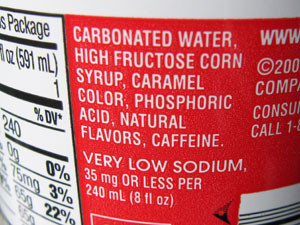
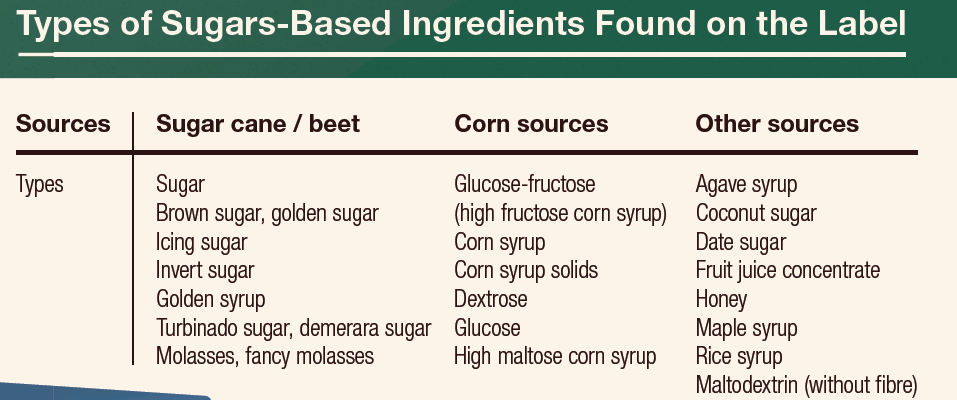

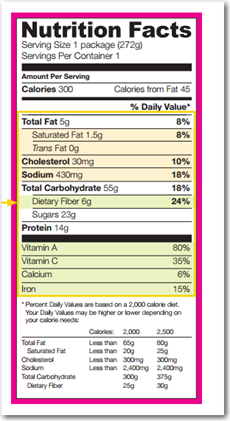





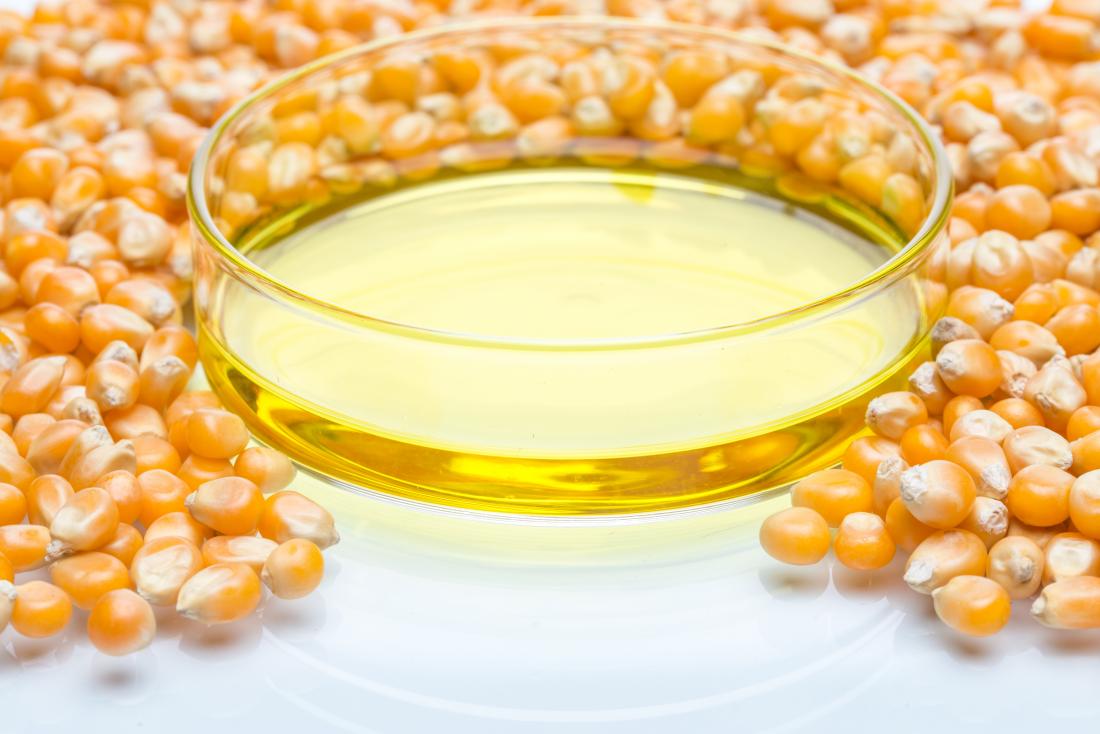
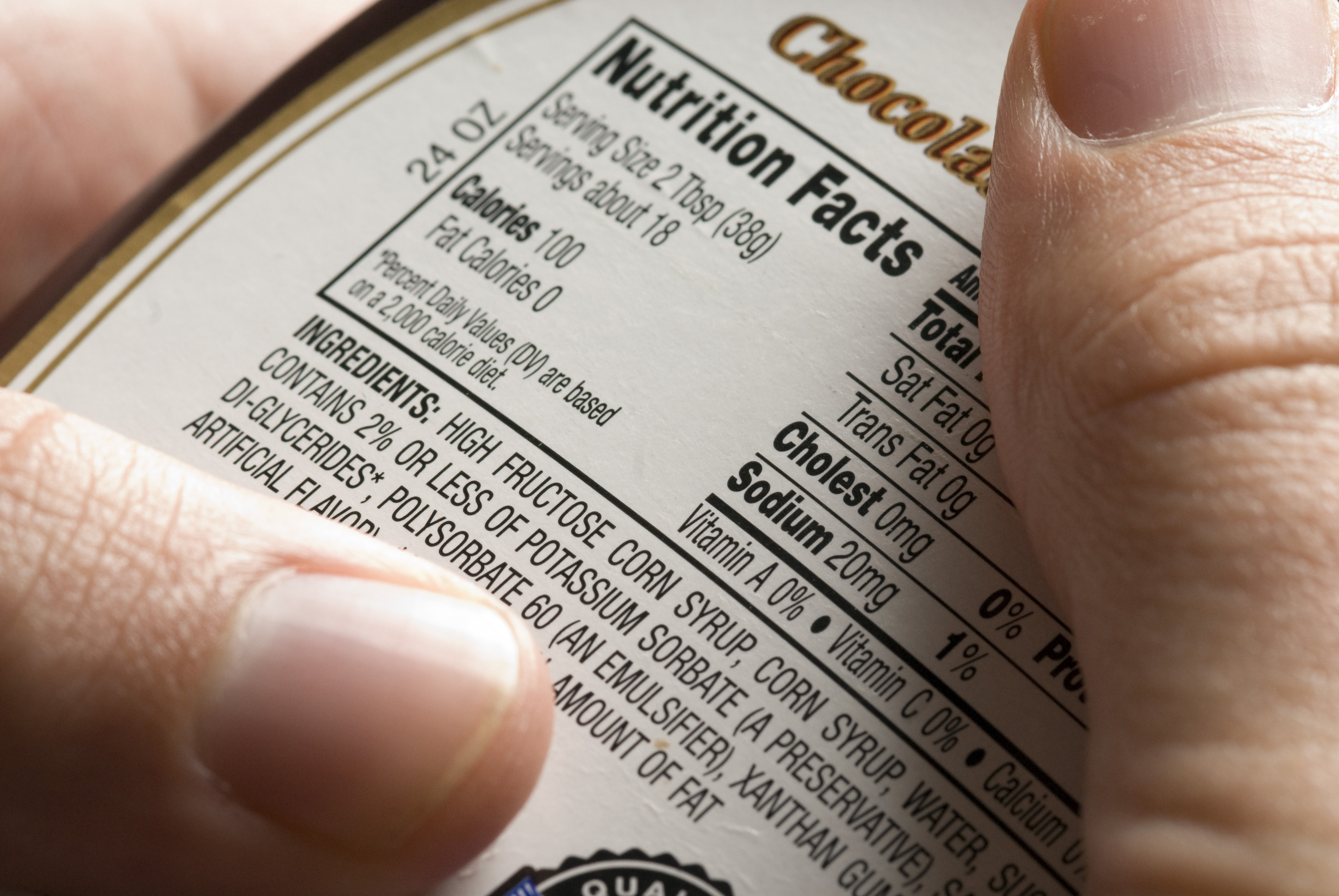

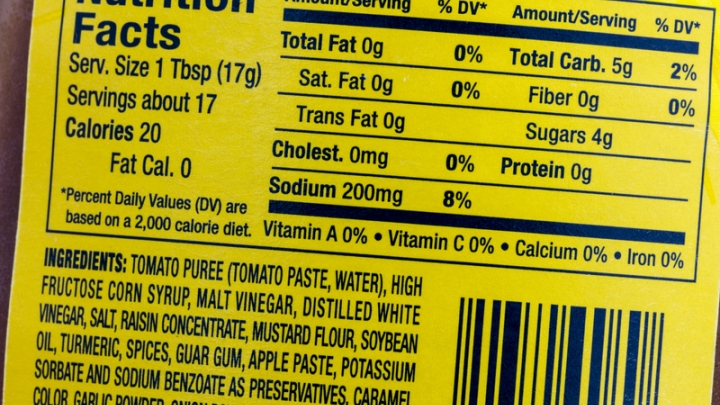



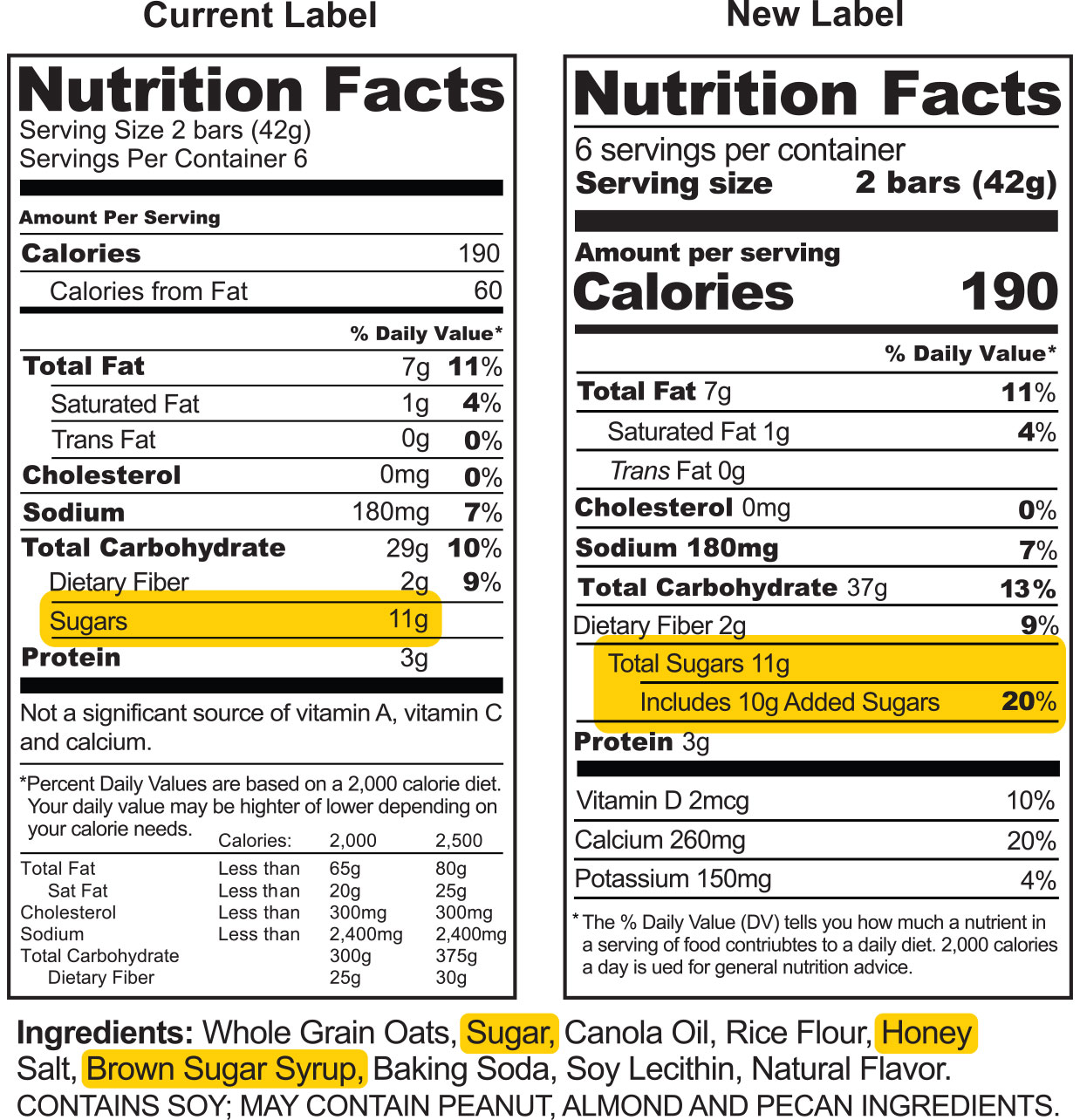


Post a Comment for "42 fructose on food labels"